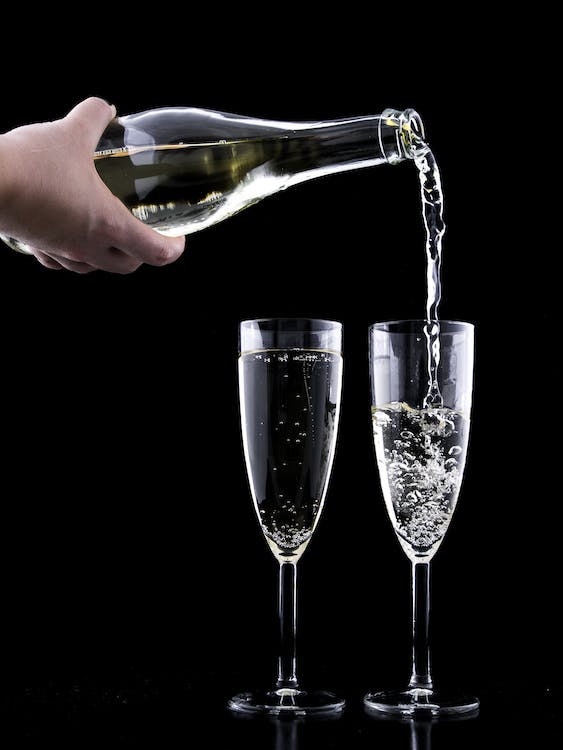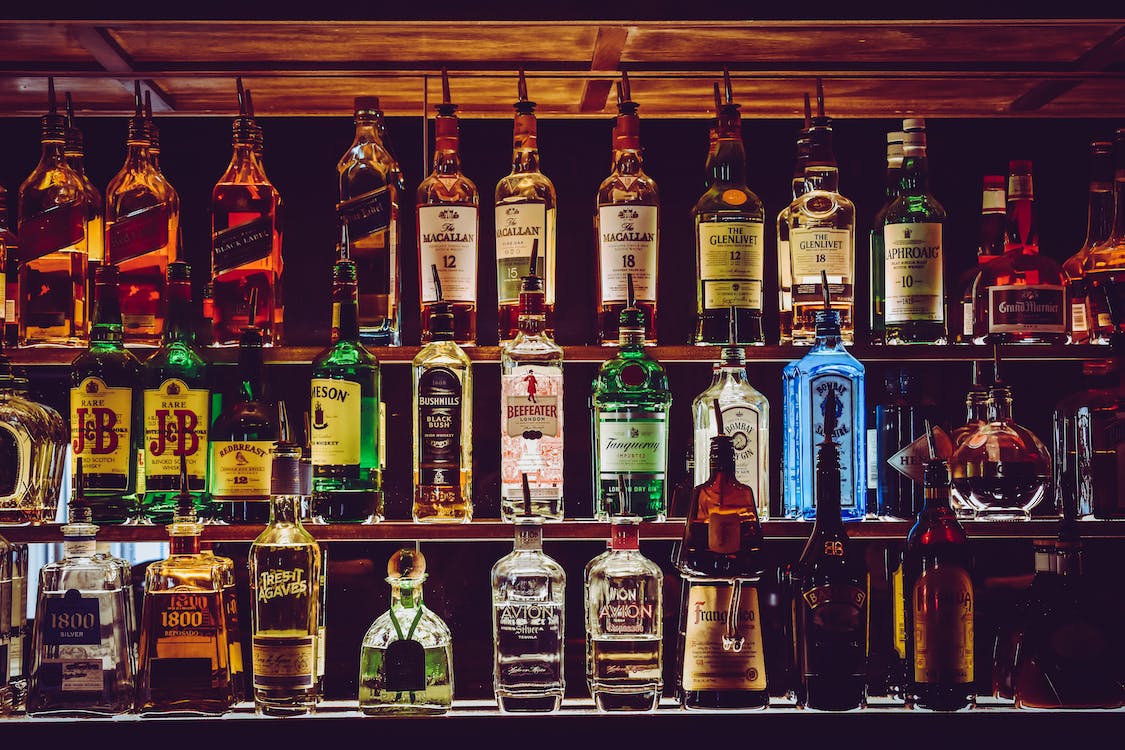Champagne (pronounced as shahm-PAHN-yuh in French) doesn’t have to be a pain. Here’s the run-down on the ever popular bubbly so you can sound like a French wine expert in no time.
Where Does Champagne Come From?
So you probably know that any Champagne you buy is made out of grapes grown in Champagne, France, but here’s a little fact that may impress your friends the next time you open a bottle of bubbly:
Beneath Champagne’s two main towns, Reims and Epernay, lay miles of Roman corridors where your bottle of Champagne lived for at least 15 months — by law.
Both the quality of the grapes and this unique aging process produce that delicious taste that distinguishes your Champagne from a simple “sparkling wine.”
What Makes Champagne Special?
Aside from its rarity and location, Champagne goes through a unique production process before it can become, well, Champagne:
Méthode Champenoise (method shahm-pen-WAHZ) – the Champagne Method
- Blending – blenders blend base wines from various years, grapes types, and vineyards.
- Second Fermentation in the bottle – the blended wine ferments with yeast and sugar in a sealed bottle, which yields carbon dioxide.
- Aging – the bottles age for at least 15 months under the streets of Reims and Epernay, where the cool temperature and high humidity of the tunnels encourage a “yeasty” flavor.
- Disgorging – wineries twist and shake each bottle, working the yeast sediment into the neck. The neck is then frozen so the ice block of sediment can be popped out before the bottle is corked for distribution.
Essential Vocab:
Bead – bubbles. Champagne connaisseurs use the word because Champagne bubbles look like beads on a continuous thread when they stream up from the bottom of the glass. Ex. “it has a very fine bead.”
Nonvintage – a blend of grapes. This describes most champagnes which are made from a blend of red and white grapes across different harvest years.
Vintage – one year of grapes. In the best years when the weather produces top-quality grapes, wineries will bottle some of that year’s harvest as a vintage Champagne.
Blanc des Blancs – white wine from white grapes. This Champagne uses only Chardonnay grapes (blends will usually use a blend of Chardonnay, Pinot Noir, and Pinot Meunier grapes).
Rosé – champagne blended with still (non bubbly) Pinot Noir for rosy color. It will drink like a red wine without the weight.
Luxury cuvée (coo-VAY) – the rarest and finest bottling. Ex. Dom Pérignon.
Picking the Champagne for You
Champagne will generally fall into two flavor camps: light and elegant or powerful and yeasty. When you go out to dinner or ask your local liquor store for a bottle of bubbles, pay attention to which variety you prefer.
If you need a bit of a head-start at home, here are some affordable ($30 – 50) suggestions from wine expert Andrea Robinson’s fabulous book, Great Wine Made Simple:
Light and Elegant
Pol Roger Brut (nonvintage)
Taittinger Brut La Française (nonvintage)
Powerful and Yeasty
Veuve Clicquot Yellow Label Brut (nonvintage)
Bollinger Special Cuvée Brut (nonvintage)
Pairing Food with Champagne
One word: salty. Why do you think Champagne is a traditional accompaniment for oysters or foie gras? The salty flavors accompany Champagne perfectly. Take a hint from these French standards and pair your bubbly with something salty.
Here are a few common foods that taste great with Champagne:
-Mac and Cheese
-Prosciutto
-Stuffed Mushrooms
-Popcorn
-Potato Chips
-Scrambled Eggs
-Salted Almonds
-Lobster
-Hard, Aged Cheese (Parmesan, Gouda or Cheddar)
And for the more adventurous, try…
-Sushi
Champagne is actually quite versatile. Just avoid drinking it with big red meats like steak or ultra-sweet desserts (yes, that means wedding cake) and you should be set.
This is the first in a six part series on the big six wine regions in France.
Part one: Taking the ‘Pain’ out of Champagne
Part two: Get to Know Your Bordeaux
Part three: Dive Into the Loire Valley
Part four: All About Your Glass of Alsace
Part five: Burgundy is More Than a Color
Part six: There’s No Place Like Rhône


